In a community known for its arts and culture, it’s no surprise that Aspen boasts more architects per capita than any other comparably sized locale. While the number of choices for architects can be daunting, the opportunity to choose from so many talented and creative minds is equally invigorating.
In this issue, Western Home Journal profiles five young architects who represent the next generation of design in Aspen. Some are modernists and some love tradition. Some prefer residential work, while others have made their mark in public projects. However all are passionate about architecture and focused on their clients. They bring an exceptional attention to detail and creativity to their work and it shows. .
Dylan Johns and Bill Pollack – Zone 4 Architects
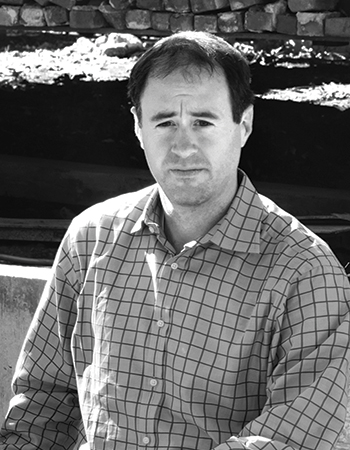
Attention to Detail
We’re passionate about architecture. Sometimes our passion is manifest in our guidance of a project. Other times, we act as good soldiers and follow orders.
What’s the significance of your name?
The number 4 has special significance because it represents order, solidity, style, place and home.
Why choose you?
We pride ourselves on our efficient management style. Because we’re a small boutique firm, we’re able to avoid the layers of decision-making that are naturally part of a larger organization. For our clients, this translates into more design time and a lower fee structure.
We’re known for our modern work, but truly, our approach is reflective of our clients. We don’t push a style on anyone, but we do emphasize good design. If a house feels good and our clients are pleased, then we’ve done our job.
How do you coalesce contemporary design in a mountain environment?
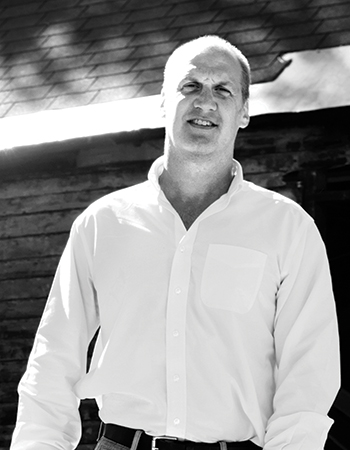
Many of our clients are now asking for a fusion between traditional old world design and more contemporary architecture. That’s an interesting turn for us because we can be creative in developing details that effectively coalesce those two very different styles.
How do you make something look rustic and contemporary at the same time?
Architectural details affect the perception of a space, and ultimately, they determine a style. We’re able to effectively bridge those two styles and the perception of the spaces within through the details that we develop. That’s where it really gets fun. We’re not proposing an Orange County beach house here and expecting it to blend into the context, but we can work with some of the other architectural styles and influences to be creative within the Colorado vernacular.
Describe an aspect of your business of which you are most proud.
We have a great reputation with local builders, due primarily to that fact that we devote a lot of time to developing details that can be accurately priced and efficiently constructed.
Robert Sinclair – Robert G. Sinclair Architecture, Inc.
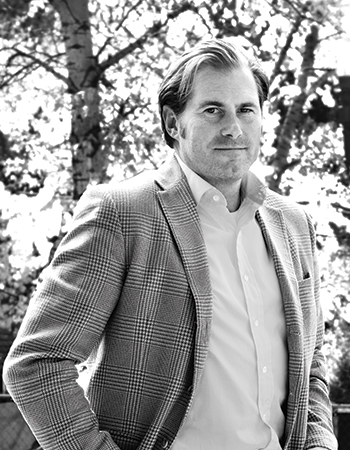
Range of Influence
Our work at RGS Architecture is influenced by traditional concepts of symmetry and balance, but each project presents an exciting opportunity for us to create something new.
What concepts inform your residential and commercial work?
I studied architecture in Florence, Italy during graduate school. During that time, I saw with new eyes the power of architecture and design, be it ancient or modern, to influence our world. As such, RGS Architecture constantly strives to design structures where function intelligently follows form, honors history, and sustainable technology solutions are integrated throughout.
Describe your business.
Our firm consists of a team of professionals with broad and accomplished skill sets. There isn’t a project that we can’t undertake, be it residential, commercial, restaurant or hospitality. With projects nationwide, we are a regionalist firm relying on local context blended with the client program and aesthetic goals to inform our architectural vocabulary. We enjoy designing all types of projects, from traditional to very modern, and our clients appreciate our range. For us, each project brings an opportunity to explore a new solution and to develop a new design standard and set of details. As such, we almost never reuse details from one project to the next.
What are your clients asking for now?
Most of our younger clients want contemporary, minimalist architecture. Designing a modern home in a mountain setting can present unique opportunities. Our solution engages the surrounding environment by utilizing regional materials like stone and wood, and bringing in an abundance of glass and glazing details. We also have many clients who are very traditional and want the comfort of more classically designed spaces.
How does modern architecture assimilate in this environment?
Modern architecture succeeds because of its ability to invite the outside in. Creating expandable, livable space, both inside and out, makes such a difference in this environment. We like to design spaces where, even in mid-winter, the doors and windows can be left wide open. Everyone wants the ability to experience the natural beauty of this place.
David Johnston – David Johnston Architects, PC
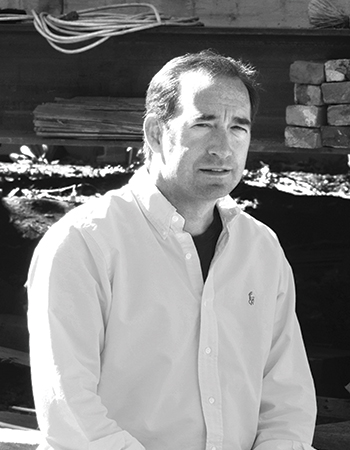
Personalizing the Process
We are fortunate to have weathered the changing architectural environment in Aspen, and we have been able to adapt and yet remain autonomous.
Why choose you?
Since day one, we’ve made our name in residential design. We pride ourselves on not having a set style. We let our clients set the stage for what they want. We’re just here to steer the ship in the right direction, providing creativity and assembly along the way.
We’ve done everything from log cabins to farmhouses to commercial buildings and from mountain rustic to contemporary. If the owner is happy with the final product, then we’ve done our job well. I like to think that quality architecture sells itself, regardless of style.
We’re a small firm. When a client walks in the door, they get one team, and we will be with them through the entire process. It’s a niche we can fill that’s a bit different from the larger local firms.
Describe your clientele and type of work you are doing now.
Five years ago, we were doing a lot of work for speculative builders and developers, in addition to our end-user clients. Now, we find that our residential work is almost exclusively for an end-user who wants more personal ownership in the project. We devote a lot more attention to the quality and consistency of the design itself as it relates to the owner’s goals and lifestyle. These are people who want to know how their money is being spent.
A lot of our clients are asking for a more contemporary home style. In our interview process, we ask our clients to define their version of contemporary design because it means something different to every person. Generally, we find that it still includes natural materials such as wood and stone, but the finishes are clean, refined and sleek and reassembled in a unique composition.
What’s the most exciting project you’ve completed in 2012?
We just finished two major mixed-use projects—the Spring Building and Stage 3/625 Main Street—that have changed the landscape of Aspen’s urban core. The Spring Building is a top of the line, state of the art energy efficient building, and I have to believe that is one the greenest buildings in Aspen.
Seth Hmielowski – Z Group Architects
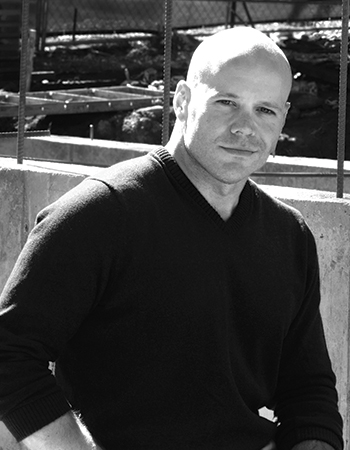
Clients Come First
I’ve wanted to be an architect since I was ten. I love the fact that I can share my love of architecture with others in a beautiful mountain environment.
What is the history of the Z Group?
The name is a take off on ZG, the original license plate prefix for Aspen and Pitkin County. Z Group was founded as a direct outgrowth of Caudill Gustafson & Associates, a firm that was synonymous with public architecture, specifically schools and libraries. Over the years, the firm changed direction to the point where we now focus primarily on residential. However, we do keep our fingers in public and resort design. We designed the Snowmass Town Hall, and we just completed an addition to Ridgeway (Colorado) High School.
What are you currently working on?
Along with some large residential projects in the valley, we’re also in our Construction Administration Phase for the new RFTA bus shelters we designed along Highway 82. Because they will see a lot of use, the open air structures were designed as an exceptionally durable kit of parts using prefabricated steel and Structural Insulated Panels (SIP) for the structural framework, and architectural concrete and stone with glass panel inserts as the main finish materials. The chimneys are merely a visual icon facilitating easy access for visitors. Instead of a fireplace, you’ll find a ticket vending machine to pre-purchase your bus voucher.
How do you integrate modern architecture in a mountain environment?
While many of our local clients prefer contemporary architecture, they want some reference to the local environment in their homes. We are able to merge these two design aesthetics by combining concrete, steel and glass balanced with stone and wood. We always consider the site as well, and occasionally we’ll even camp on the property.
What are your clients asking for these days?
We’re seeing requests for smart design. Homeowners realize the importance of superior, durable, more long-lasting building materials and finishes, and they’re more cognizant of the longevity of their home and energy savings.